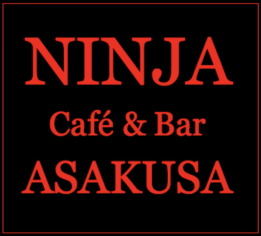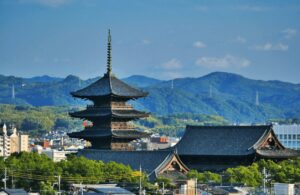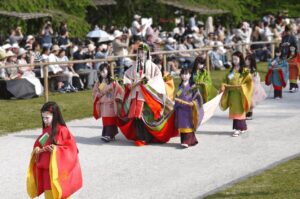9 Must-Visit Shrines in Kyoto
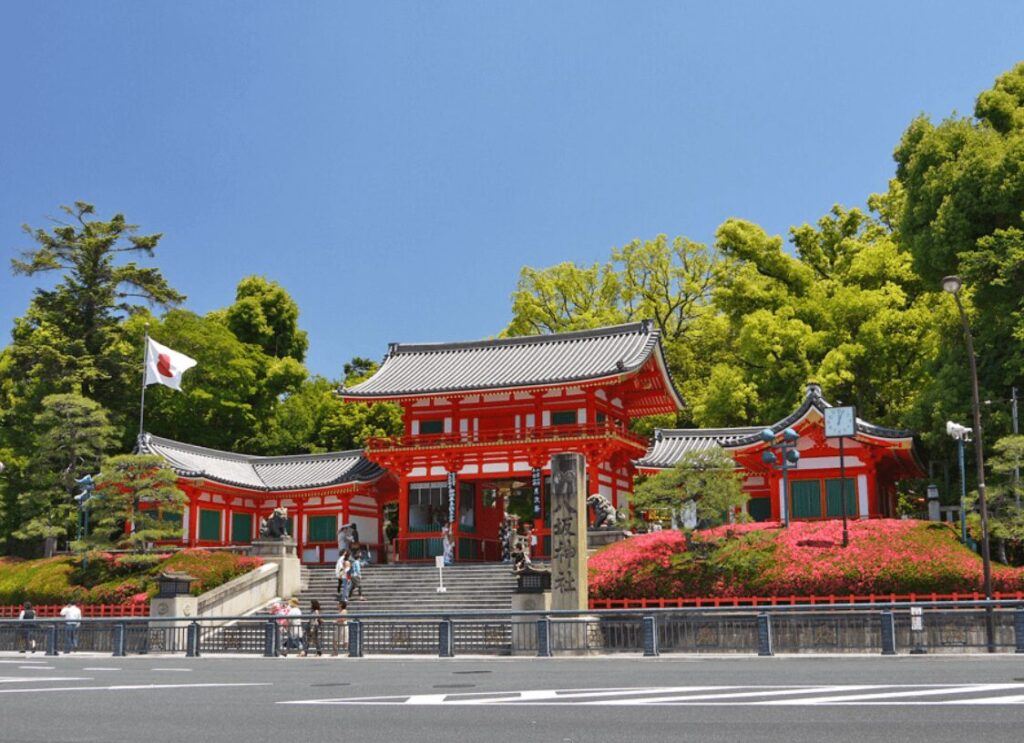
Kyoto is full of ancient attractions, and for anyone with a desire to travel back in time, shrines are a must-visit.
But which ones should you visit?
Here is a checklist of 9 shrines to see whenever you’re unsure!
- Fushimi Inari Taisha (伏見稲荷大社)
- Kitano Tenmangu(北野天満宮)
- Heian Jingu (平安神宮)
- Yasaka Shrine (八坂神社)
- Kamigamo Jinja (上賀茂神社)
- Shimogamo Jinja (下鴨神社)
- Matsunoo Taisha (松尾大社)
- Yoshida Jinja (吉田神社)
- Seimei Jinja (晴明神社)
Just for clarification, jinja, jingu, taisha are synonymous with ‘shrine’ in Japanese, and they are classified according to the rank of the shrine.
Jinja is the general term for shrines.
Jingu refers to shrines with imperial relations and are of the highest status.
Taisha is where the most prominent god of a certain lineage is worshipped.
1. Fushimi Inari Taisha (伏見稲荷大社)- be astonished by the iconic rows of torii gates
Fushimi Inari Taisha is popular for its seemingly endless path of 800 torii gates that line the way to Mount Inari.
It has a 1300-year history since its founding in 711, before Kyoto became Japan’s capital.
Another popular factor is the numerous kitsune (fox) statues in the compound, who are thought to be the messengers of the god of agriculture and business, Inari.
Fushimi Inari Taisha's Official Website
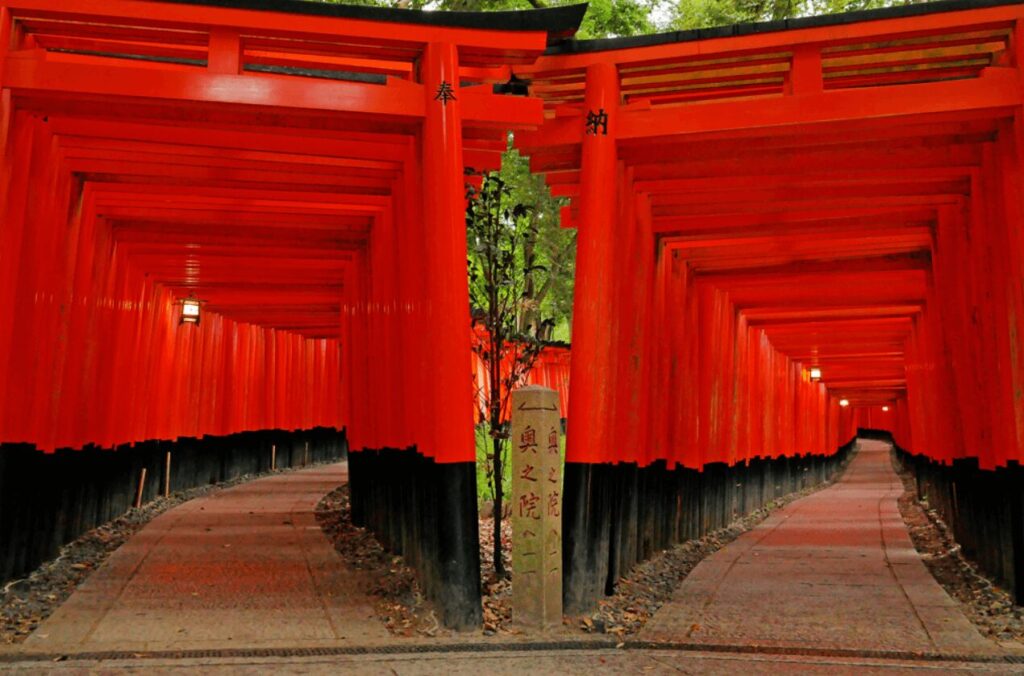
2. Kitano Tenmangu(北野天満宮)- for anyone wishing success in their studies!
Kitano Tenmangu is dedicated to Sugawara Michizane, a scholar and politician who was unfairly exiled by his rivals.
The shrines were built to appease the vengeful spirit of Michizane, as numerous disasters were attributed to his death.
Michizane is also associated with Tenjin, the god of education.
Unsurprisingly, many students visit Kitano Tenmangu to pray for successes in their academic endeavours, especially in exam seasons.
Kitano Tenmangu's Official Website
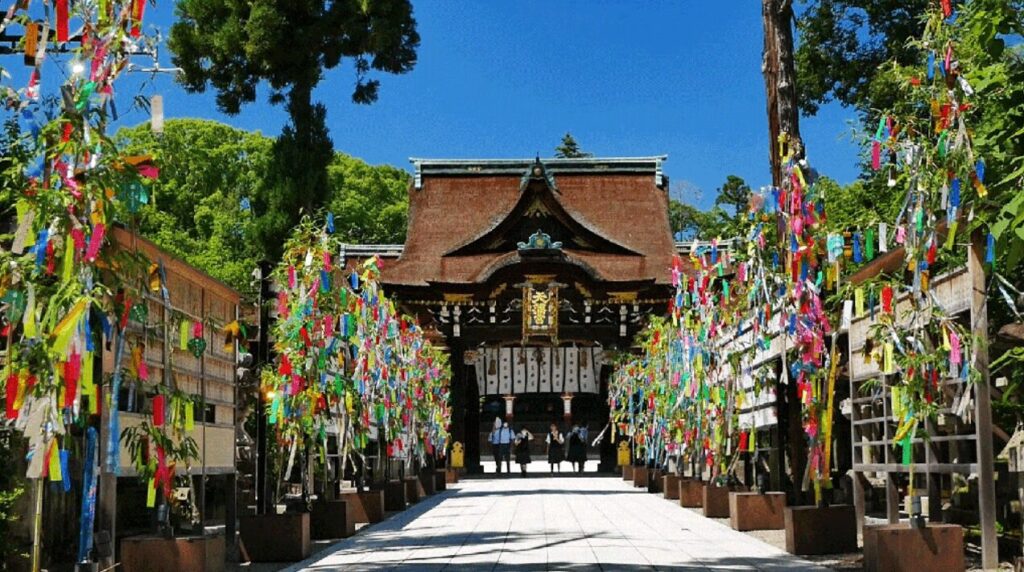
3. Heian Jingu(平安神宮)- a modern yet reminiscent shrine of the Heian-kyo
Unlike many of the other shrines, Heian Jingu has a relatively short history, since its foundation in 1895.
It was built as a 1100th anniversary commemoration of the foundation of Heian-kyo (Kyoto).
The buildings are partially modelled off of the Imperial Palace of the Heian period.
The gardens are representative of the Meiji period garden designs, with beauty that emerges along with the four seasons.
Heian Jingu's Official Website
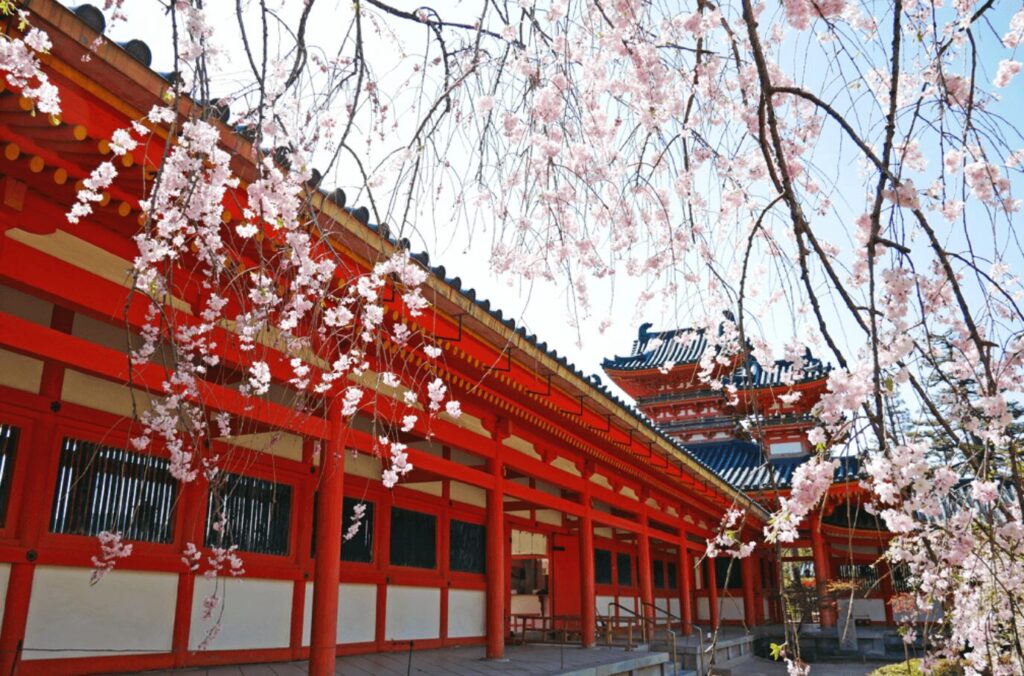
4. Yasaka Jinja (八坂神社) - grasp the chance to see the shrine and Gion festival at the same time
Yasaka Shrine, also known as Gion Shrine, was founded 1,350 years ago and is located between Gion and Higashiyama districts.
The shrine is notable for hosting the summer festival, the Gion Matsuri, which dates back over a thousand years.
It is especially crowded in springtime when the cherry blossoms of the adjacent Maruyama Park blossom.
Yasaka Jinja's Official Website

5. Kamigamo Jinja (上賀茂神社) - come here to eradicate all things evil, and be blessed with better fortune
Kamigamo (Upper Kamo) Shrine, and the Shimogamo Shrine used to be one shrine but it was divided into two in the Nara period.
Enshrined here is the god who eliminates misfortunes, gets rid of calamities, whilst leading believers to good luck.
The entire compound has been registered under the world heritage.
Kamigamo Jinja's Official Website
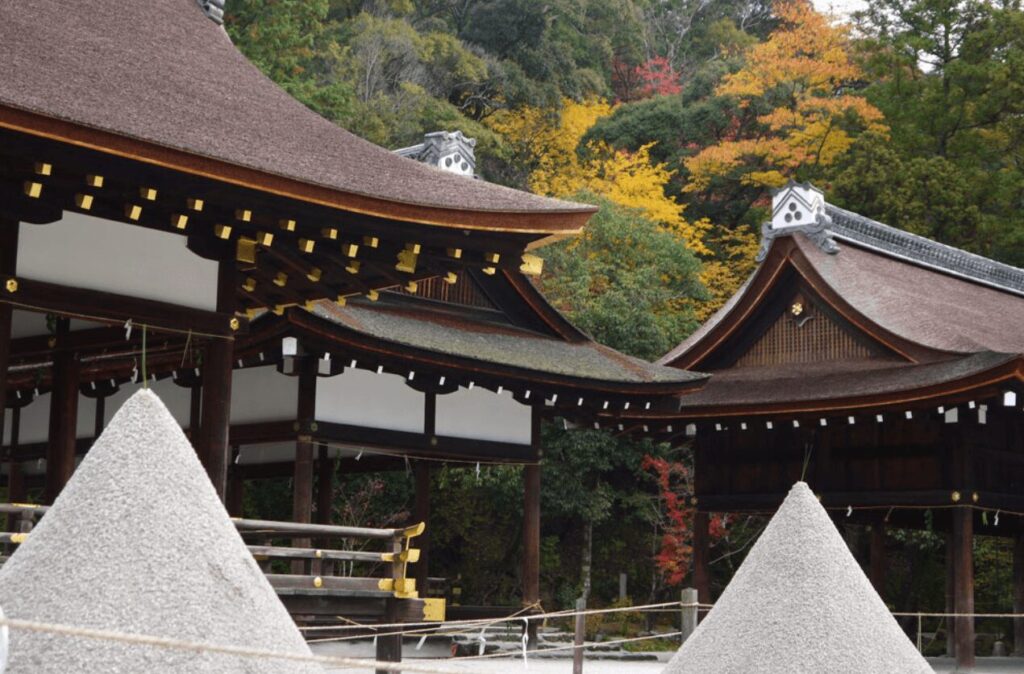
6. Shimogamo Jinja (下鴨神社) - have fun with the unique water fortune-telling slip!
Shimogamo Shrine stands about 3.5km downriver from the Kamigamo Shrine, thus the name ‘Shimogamo’ (Lower Kamo).
It is one of the famous spiritual hotspots in Kyoto, and is said to bring various blessings such as success in tests, victory, marriage, childbearing, and traffic safety.
It is especially popular for the mizu-mikuji (water fortune-telling) where words on the paper rise to the surface after being dipped in water.
Shimogamo Jinja's Official Website
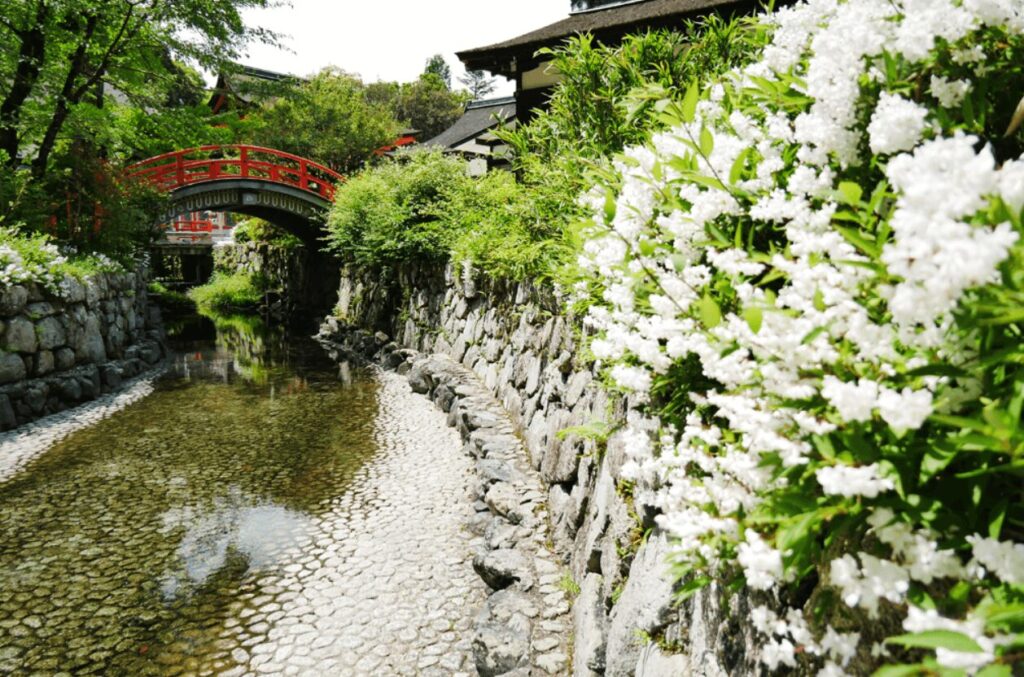
7. Matsunoo Taisha (松尾大社) - for a scenic combination of the mountain and shrine
Matsunoo Taisha dates back to 701, making it one of the oldest shrines in the Arashiyama district.
It is also one of the oldest extant buildings in Kyoto that was not lost to fire.
The shrine’s spring is famous for its restorative properties and many sake and miso producers honour the shrine as their businesses depend on pure water.
The location of the shrine on the foothills of Arashiyama mountains offers visitors a tranquil escape from the bustling city streets.
Matsunoo Taisha's Official Website
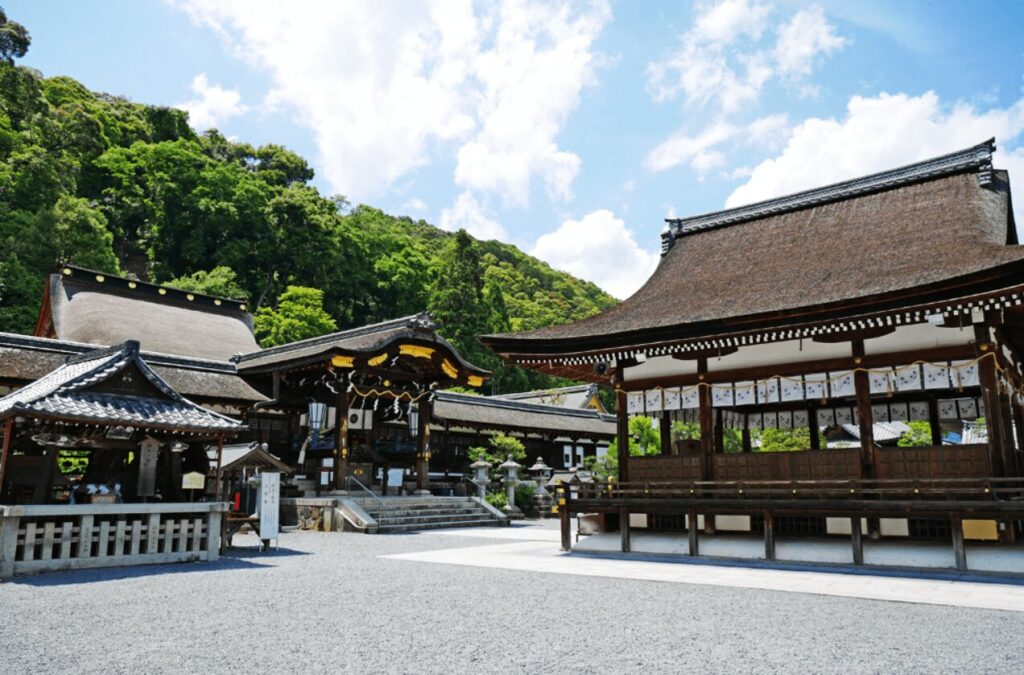
8. Yoshida Jinja (吉田神社)- a small but cosy shrine away from the city
Yoshida Shrine is located on a small mountain that stands up just east of Kyoto University.
It is mainly visited by the locals for celebrations and rituals, and is little known to tourists.
It is popular for the fire festival, Karosai (火炉祭), held at the shrine every winter.
Yoshida Jinja's Official Website (Japanese only)
9. Seimei Jinja (晴明神社) - for anyone with a spiritual mind, this shrine is for you
Seimei Shrine is a small shrine dedicated to the Heian era court astrologer, Abe no Seimei.
The torii gate of the shrine is emblazoned with a pentagram motif in the form of a five-pointed star, and so are many of the objects at the shrine, like lanterns and statues.
It has been said that Seimei used it as a talisman against all kinds of evil.
The free program “Seimei” performed by figure skater Yuzuru Hanyu further spread its name to the world.
Seimei Jinja's Official Website (Japanese only)
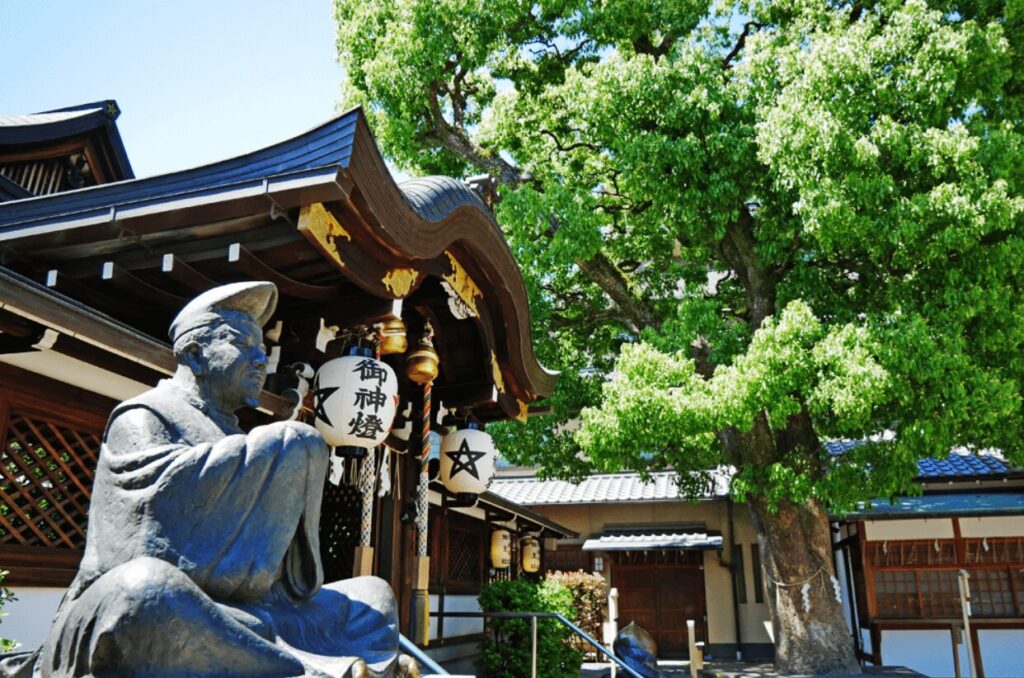
What are we?
We run Ninja Experience Cafe in Tokyo, Kyoto and Osaka, Japan.
Here you can immerse yourself in Japanese culture through experiencing ninja training.
Both adults and children are welcome to try their hand at defeating the ninja master inside the cafe.
The cafe is an indoor interactive zone, so it can be enjoyed even on rainy days.
If you are thinking "I want to be a real ninja too!” or interested in becoming a real ninja, please visit us.
Reservations can be made here.
Unauthorized copying and replication of the contents of this site, text and images are strictly prohibited.
